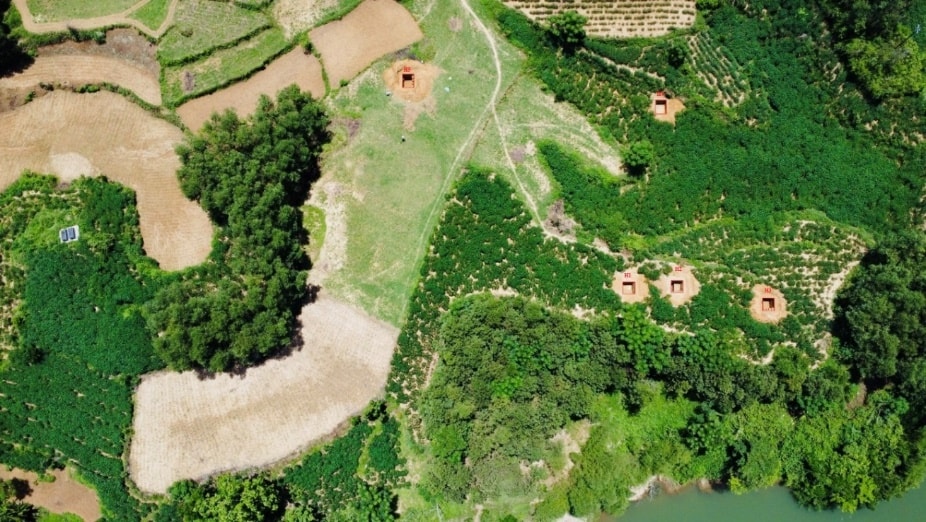
Tho Chua is the general name for the alluvial land used for annual crop cultivation along the Tranh River (an upstream branch of the Thu Bon River). The site chosen by the Quang Nam Museum for archaeological exploration is the high mounds near the banks of the Tranh River.
Recorded many traces of Sa Huynh culture
In the late 90s, local people used to dig up cultural relics to search for antiques. The Binh Kieu area is home to dense traces of Sa Huynh culture, stretching across mounds along the right bank of the Tranh River.
The Tho Chua area was also excavated. Many ceramic jars containing ceramic burial objects and agate and precious stone jewelry, bronze drums, two-headed animal earrings, iron objects and human remains were discovered at this time.
In recent years, during farming, local people have also picked up some pieces of pottery, terracotta jewelry, beads, etc., which are traces of relics left after people's excavations for antiques.
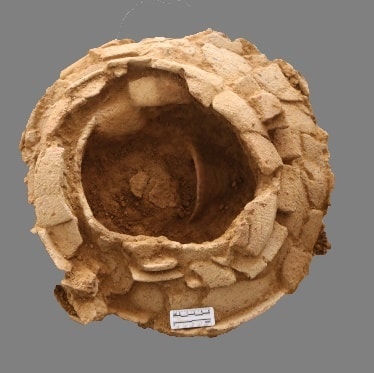
During the investigation and survey of archaeological relics and sites in Quang Nam province in 2023 organized by Quang Nam Museum, the survey team also found on the surface of Tho Chua area a terracotta spinning rod, 34 pieces of pottery jars and terracotta containers belonging to Sa Huynh culture.
Discover more artifacts
At the end of 2024, Quang Nam Museum opened 5 exploration pits with a total area of 23m2 in Tho Chua; here, 2 jar tombs, 1 urn tomb, 2 pot tomb clusters and many burial artifacts were discovered such as: stone axes, ceramic jars, ceramic jars, bronze objects, iron objects and glass jewelry, rolled and gilded glass...
In particular, the archaeological team discovered and restored many terracotta containers which were burial objects placed outside and around ceramic jars in many forms such as: pots, cups, bowls, vases, bowls, ceramic lids, jar lids... dating back to the Sa Huynh culture period more than 2,000 years ago.
Also in this exploration pit, there are 2 jar tombs at a depth of 95 - 180cm. The jars are cylindrical in shape, gradually bulging towards the bottom, with light brown bodies. Funerary pottery is placed around the jars from the rim to the base. Inside the jars are iron burial objects and many colored beads.
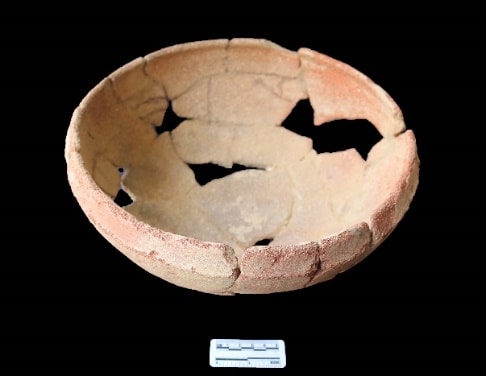
Along with that are 7 iron artifacts found in ceramic jars and under the pit tombs, including iron knives, swords, and axes. These artifacts have stable and professional shapes as often seen in Southeast Asia in the early Iron Age, and are still manufactured and used in similar shapes in daily life until now.
This excavation also discovered 3 bronze bowls between 2 clusters of ceramic pots in layers 6-7 of pit 1. The artifacts are green, thin bone, easily broken and have been broken into many pieces and have been restored in shape by us.
During the excavation, we also discovered on the surface of the Tho Chua area a terracotta spinning wheel and a leech-shaped earring. These are all typical artifacts of the Sa Huynh culture that have been found in many sites in Quang Nam.
This exploration at Tho Chua also discovered 7 gold-plated rolled glass beads and 242 colorful plate beads.
Reflecting intra-regional exchange relationships
The shape of the jars, the burial method and the way the burial objects were arranged in the two jars discovered in pit 5 have characteristics compared to other Sa Huynh cultural sites discovered in Quang Nam.
The jar is cylindrical in shape with a truncated cone-shaped lid. However, the jar is flared and gradually becomes larger near the bottom, similar to a peach-shaped jar. The jar is placed directly on the ground, and the burial pottery is crushed and placed outside the jar in clusters from the bottom to the mouth.
Iron burial objects and jewelry were placed inside, right next to the bottom of the jar, although quite few. The only burial jewelry in the jar was small, colorful beads, and no jewelry made of stone or agate was found.
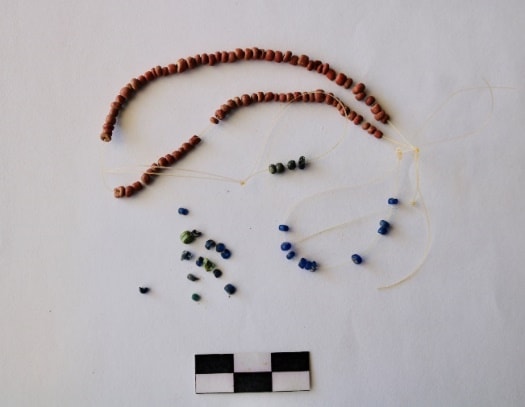
In this phase, we also discovered and announced for the first time the phenomenon of Sa Huynh residents making jar lids in the form of artifacts. The discovered jar tomb cluster was buried right on the top layer of jar 1. This tomb cluster may have been from a later period, buried after some jars were buried below.
Through the overall relics and artifacts, the burial area has diverse burial objects and a rather special burial method, when most of the burial ceramics are placed outside the tomb.
Through the set of relics, it reflects the intra-regional and inter-regional exchange relationship between this site not only with the relics of the Thu Bon estuary but also with China and India. In the process of collecting information from the people about previous discoveries in the Tho Chua area, it is known that bronze drums and many other bronze containers were discovered here.
Based on comparison and contrast of the types of relics, it shows that the Tho Chua site dates back relatively late, around the 2nd century BC to the 1st century AD.
Tho Chua is a site with traces of Sa Huynh culture that has been scientifically surveyed in the western mountainous area of Hiep Duc district. Although the area surveyed this time is not large, the results of the survey are of great significance in studying the distribution space, nature and characteristics of Sa Huynh culture in the mountainous area of Quang Nam province, opening up new directions for research, investigation, survey and archaeological excavation in this area.
Source: https://baoquangnam.vn/phat-hien-them-di-chi-van-hoa-sa-huynh-o-mien-nui-xu-quang-3156308.html








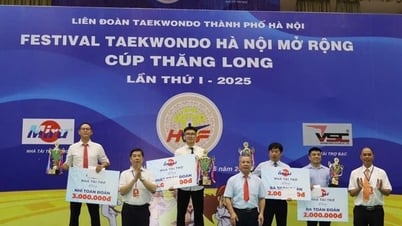

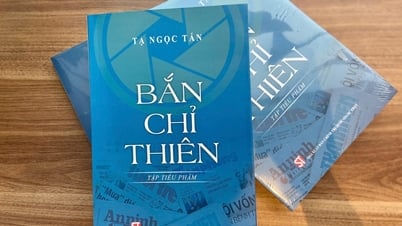


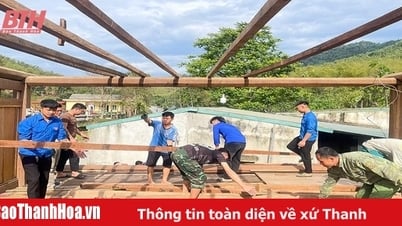







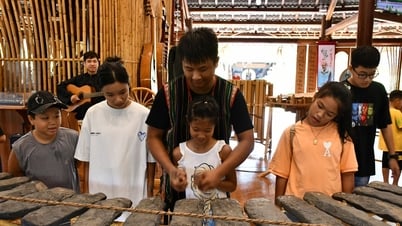

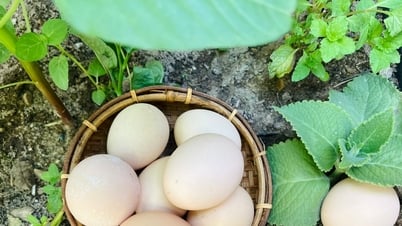
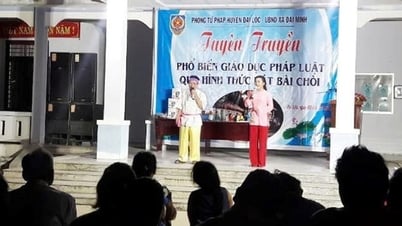














































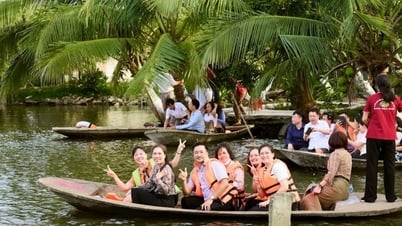
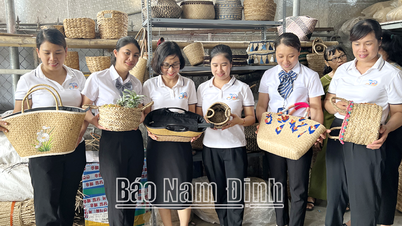

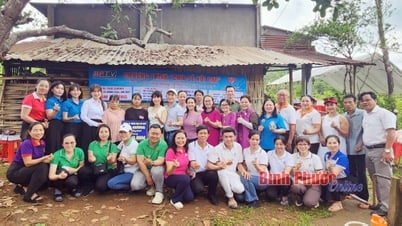

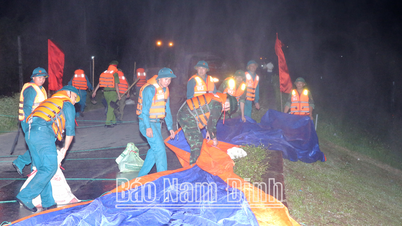
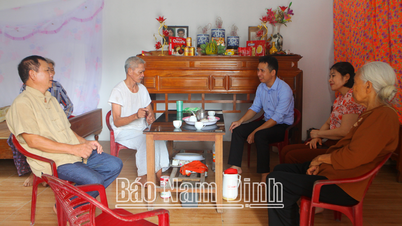






![[OCOP REVIEW] Tu Duyen Syrup - The essence of herbs from the mountains and forests of Nhu Thanh](https://vphoto.vietnam.vn/thumb/402x226/vietnam/resource/IMAGE/2025/6/5/58ca32fce4ec44039e444fbfae7e75ec)



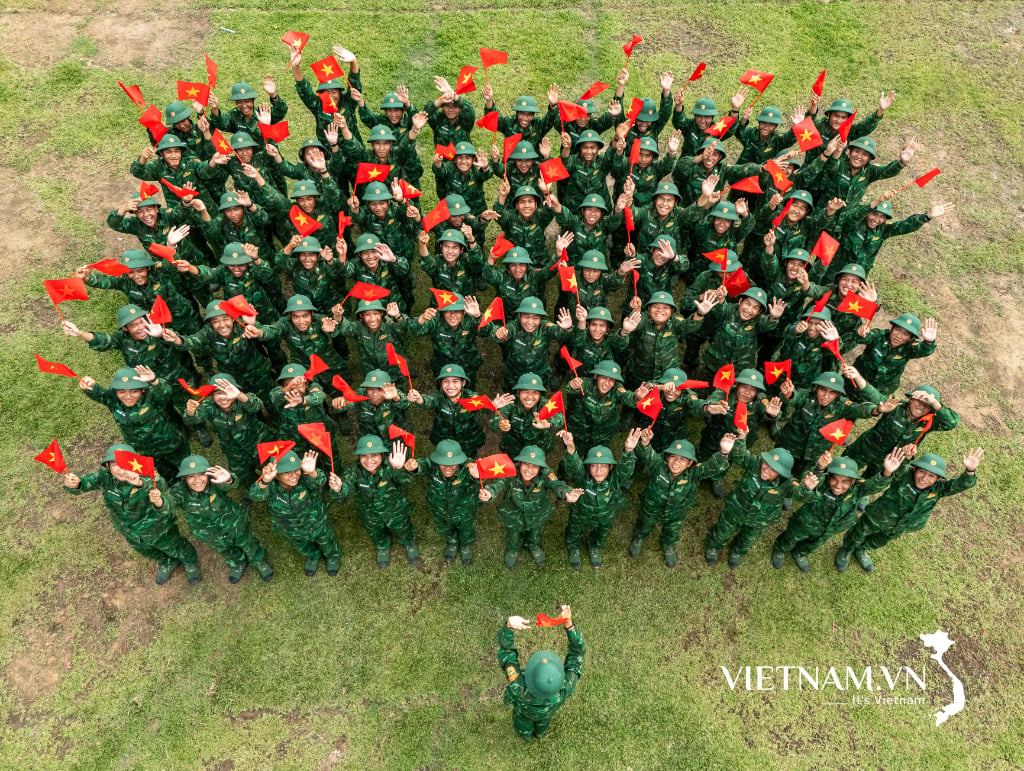

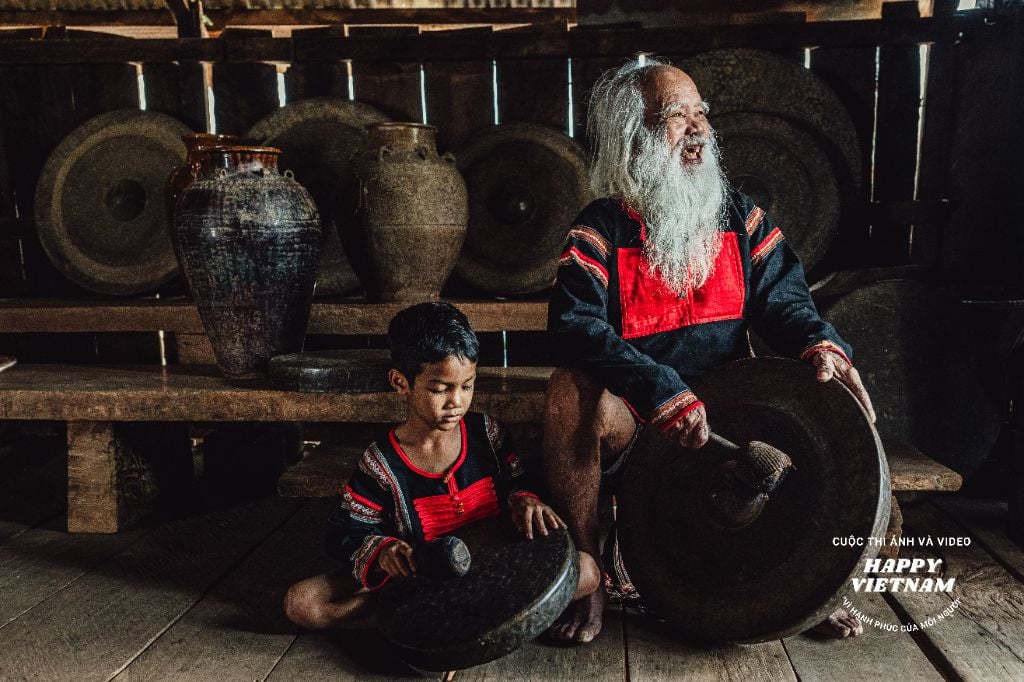
Comment (0)